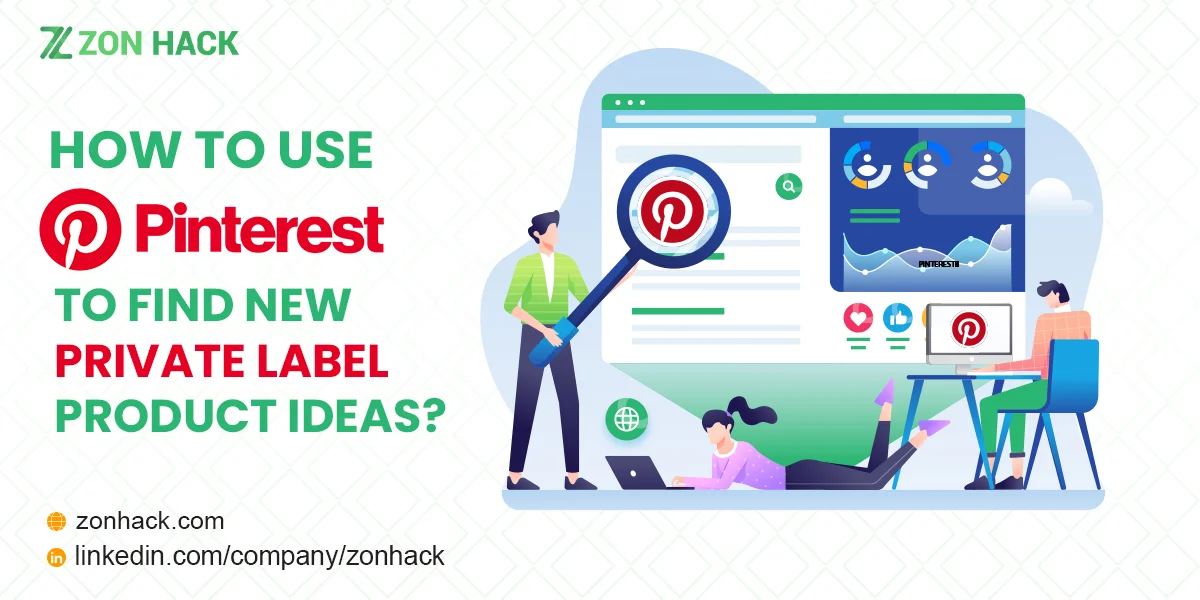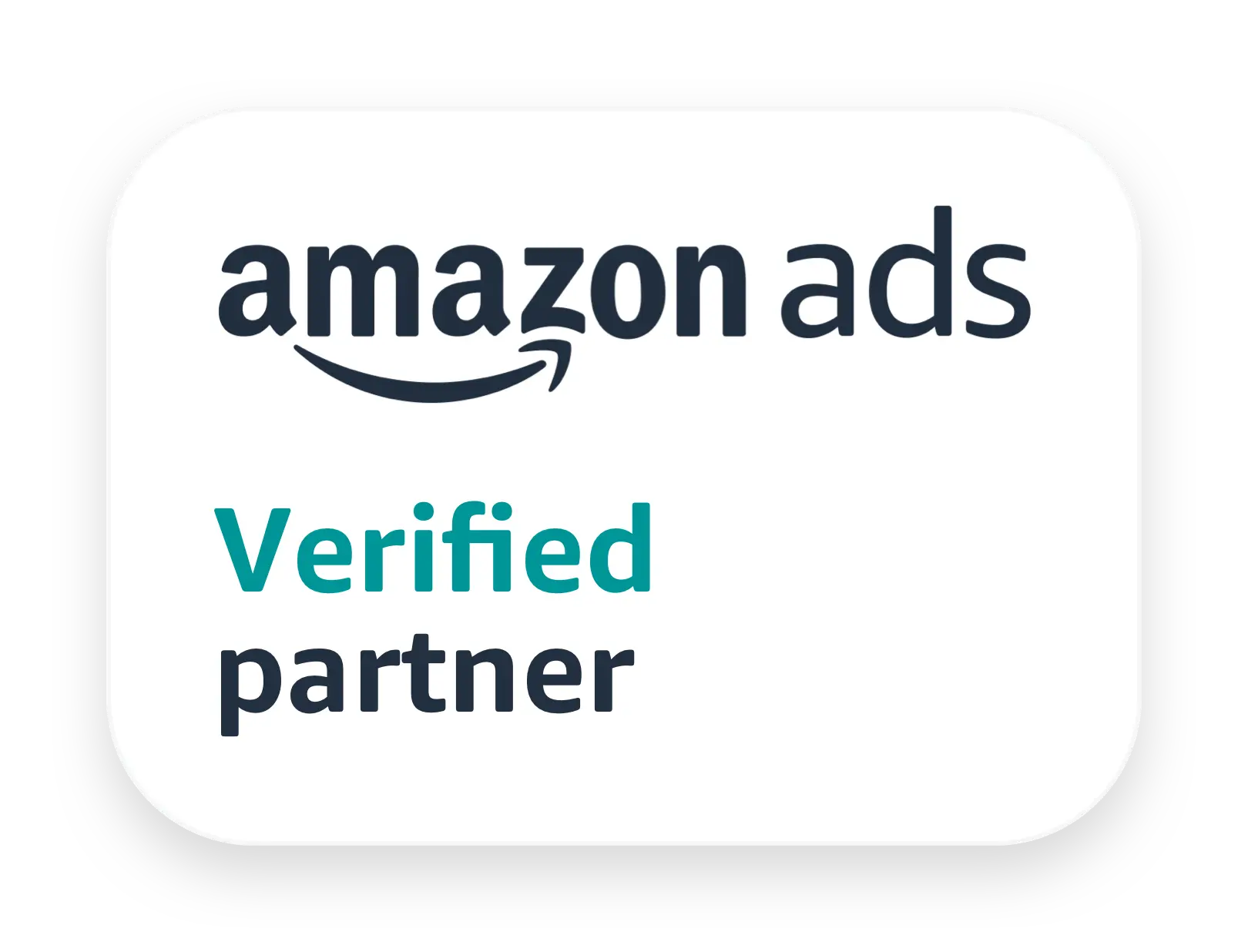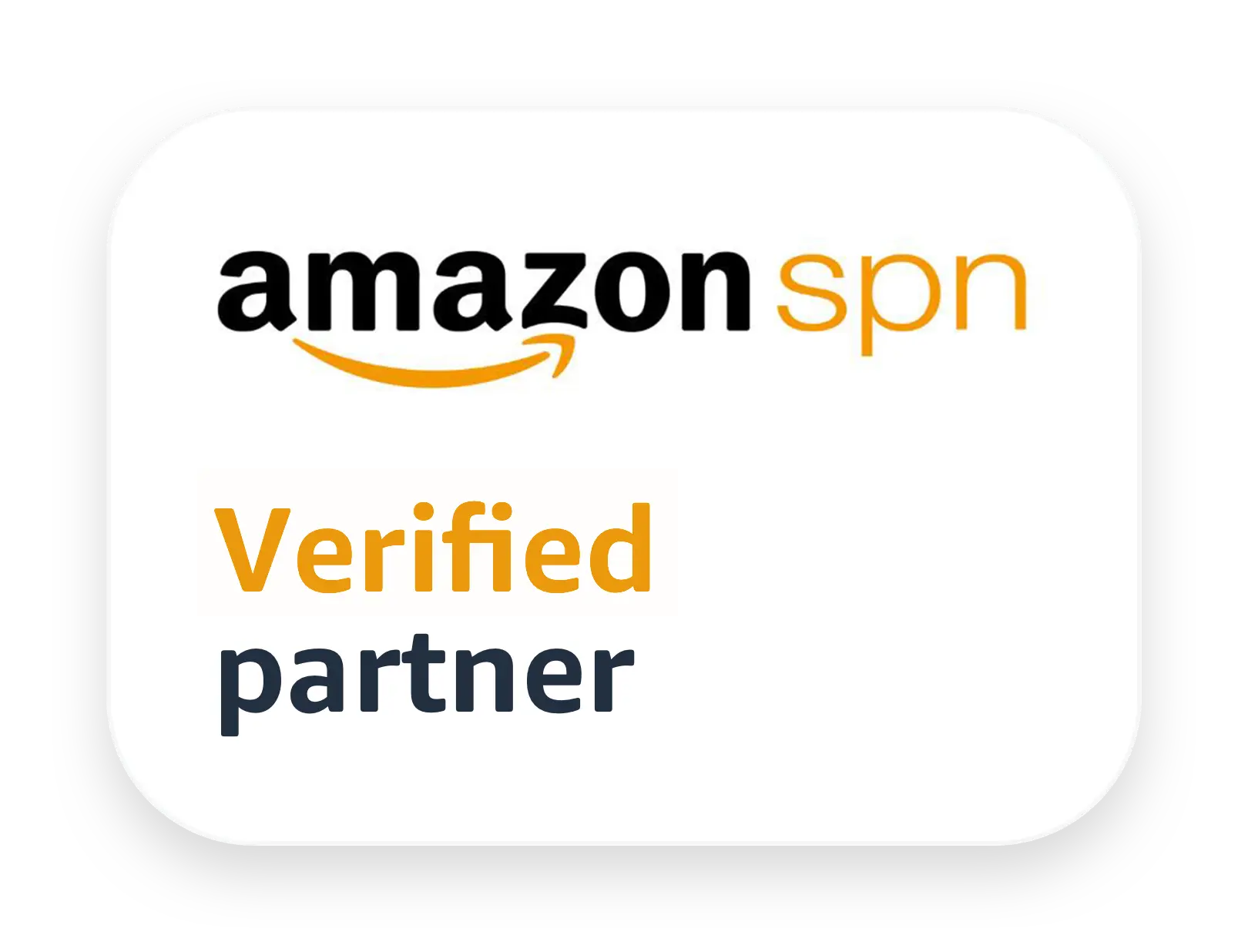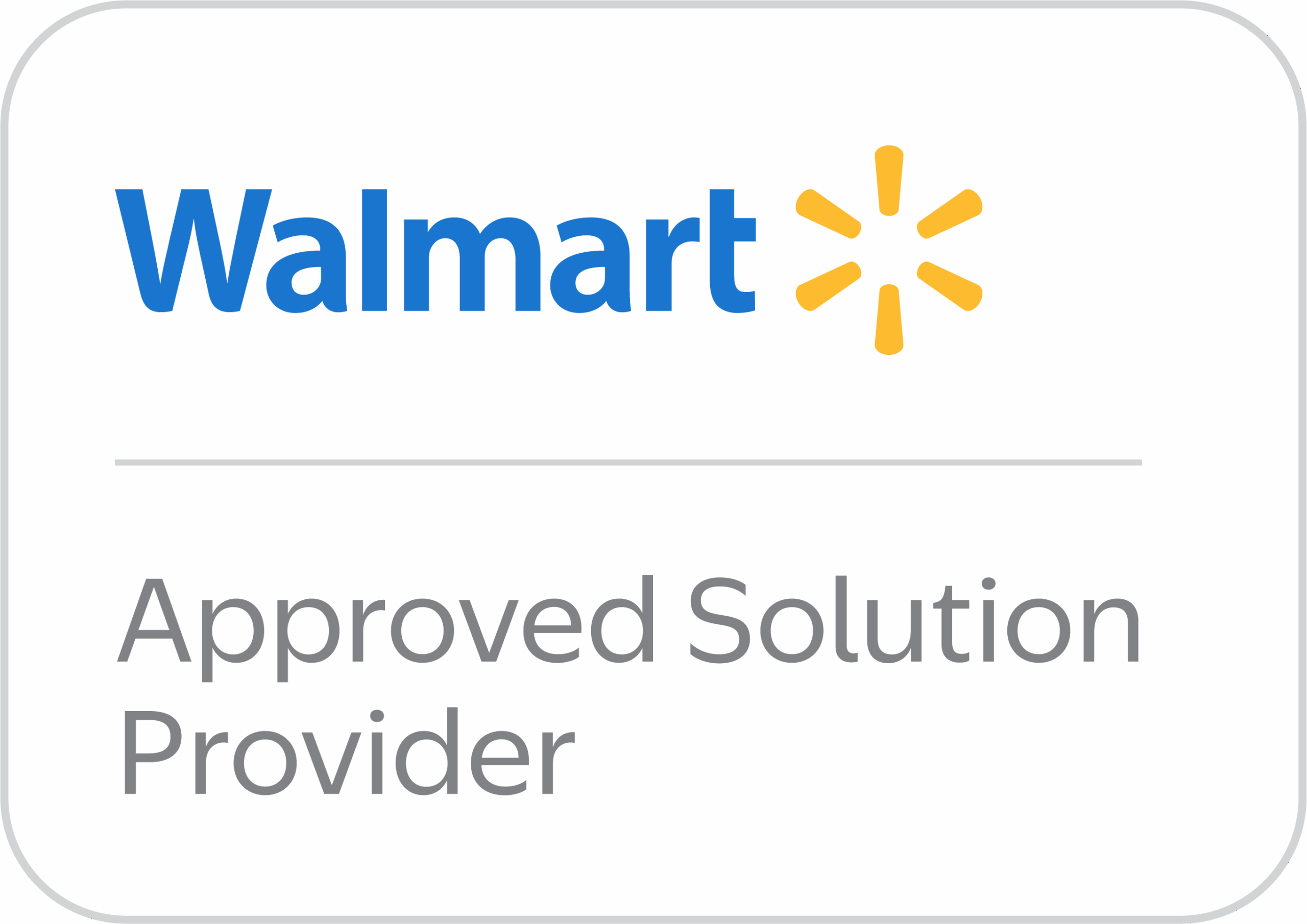Statistics show that Pinterest is the fourth most famous social media network in the United States. It is more commonly known than Twitter, LinkedIn, Snapchat, and WhatsApp. Analysis shows that about 335 million people use Pinterest every month, recording enormous activities with over 2 billion searches every month. Over 90% of its users are active as they use the platform to search and discover new adverts. This makes it the perfect channel for finding new ideas for private label products.
This article gives you insights into what private label products are, their advantages and disadvantages. It as well offers tips on how to use Pinterest to find new private label product ideas.
Let’s get straight into it!
What Are Private Label Products?
Private label products are commodities, mainly material products, produced by a firm (brand) and marketed under another firm (retailer’s brand). The specification and cost of production of the product are both covered by the retailing firm.
For instance, assume yourself as a retailer’s brand who will sell products from a big brand like Nike; these are private label products. These products will have your brand name on them.
Private label products are directly sent to you from the manufacturer. Marketing of these goods is done under the brand of the producer. If you market these products correctly, you will gain a lot of profit from them.
A lot of products, primarily physical goods, are sold under private labels. Private label Product categories include cosmetics, clothing, household gadget, foot wares, snacks, beverages, dairy goods, paper products, frozen foods, and the likes.
The Benefit of Private Label Products
- Production control: private labeling a product gives you total control over the production of it. As the retailing brand, the producer works in your direction. You get to decide the product’s specifications, such as what it looks like, packaging, what goes into the product, the label design, etc.
- Price control: because you have control over the product, you get to dictate how much the product would cost.
- Profit control: since you have control over the price, then you can determine how much profit you want to earn from your product.
- Brand control: as the retailer, your brand name would be on the private labeled products and not the producer’s brand name.
Cons of Private Label Products
Private labeling a product can be as auspicious as possible, boosting a retailer’s income if marketed correctly. However, there are disadvantages to these of business. Some of them are;
- It is dependent on the producer: the manufacturing company oversees the production processes of your private label product. Consequently, if your producer is faced with difficulties, it will affect you too. This makes the private labeling business very risky. Hence, it is profitable to cooperate with standard and well-established firms.
- It is challenging to get customers’ loyalty: the products are yours exclusively. Consequently, there is a limit to how much consumers can access your product. This is because it can only be sold in your private store. It will take time and a lot of effort to build a solid customer base for your products.
- Cost of production and marketing: you would cover all the expenses done during the production of the goods. You will also bear the brunt of advertising and creating awareness for your product. Hence, privatizing a manufacturer’s product can be costly.
Top Ways to Use Pinterest to Find New Private Label Product Ideas.
Although there are many social media for business propagation, a few favor the marketing of private label products. Pinterest stood out as the most resourceful media for private label product marketers. The platform is simple and easy to use. If you are creative and precise, you will find Pinterest a very innovative platform full of private label products.
1. The Pinterest Lens
Pinterest has a Lens linked to a mobile phone to take pictures of people, places, things, and objects. The platform uses the Images taken to create a search list of products similar to them. You can select one or more of the suggestions or decide to continue finding suitable ones.
2. Keyword search on Pinterest.
The images of products are grouped into particular niches; this helps to narrow down your search list. However, finding product ideas would be easier if you had a predetermined type of product you want to sell. All you need to do is to perform keyword searches.
For example, a search result would present a vast list of cosmetics varieties if you choose cosmetics. Like the Lens feature, the keyword search will also list suggested categories similar to your search. You can proceed to click on any of them.
Multiple words keywords can help you to narrow your search result scope. For instance, if you search for “cosmetics for the face” instead of “cosmetics,” you will get more specific results. However, if you do not have a product in mind, you can skip the sub-categories.
Alternatively, you can effortlessly search for boards with product ideas listed on them. Nevertheless, it is not advisable to start searching without having the type of product you want in mind.
3. Check if your choice product already exists.
After pinning enough images of products from your search result, carry out a search for Amazon Standard Identification Number (ASIN) on Amazon for the product. This will show if the product is already listed on Amazon or not.
If listings exist, then it means your product is not new. If there was no listing, analyze people’s interest in the product by checking how much it has been pinned. Further research can help you lock down the idea or a good variation of it.
Products with high demand and low competition are the ideal products you should sell under a private label. On Pinterest, a product with many pinning with few ASINs is a perfect product for private labeling. Numerous pinning indicates that people are interested in the product. Hence, creating a market for it is advisable.
4. Data Mining
The next step after gaining a good idea of a product’s traction on Pinterest is data mining. This is where you analyze the database of your product to generate information about it. It would help if you were well informed before choosing to private label a product.
5. Find a reliable Manufacturer.
The next step is to find a company that will manufacture your products for you. While there are numerous options, it is crucial to find a company that suits you. The one you can partner with to yield profitable incomes with peace of mind as your business booms.
Conclusion
Finally, Pinterest can be beneficial in discovering new private label product ideas. However, to tap into its full potential, you need to be creative and precise.
Trading on Pinterest can be fun. If you know your onions, you would successfully build your business via Pinterest. However, first, you need to register an account on the platform to access its full potential. Finally, like anything else, Pinterest isn’t foolproof, and you may not find what you’re looking for on it.




